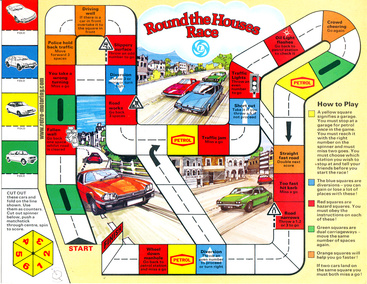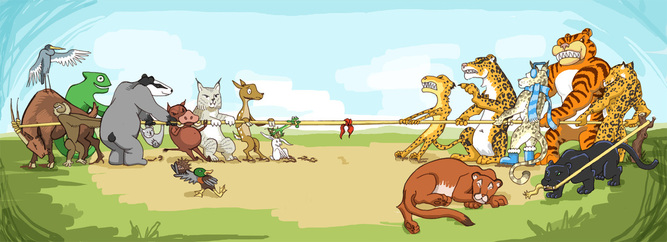 I generally practice osteopathy in what is called a ‘structural’ manner. To cut a very long story short that means that I generally treat joints and muscles using ‘soft tissue’ (massage), ‘articulation’, which is just moving a joint repeatedly through its full range of motion and ‘manipulation’ where a short sharp and tiny movement of a joint is often used to exceed a restriction in the full range of movement (it is more complex than that but maybe that is for another blog entry). These forms of treatment tend to be very effective and all have one thing in common, they are called direct treatments, when you reach a barrier to full movement you confront it head-on trying to push past it one way or another. This tends to work very well for recent injuries and sometimes for chronic injuries too, but there are occasions when those chronic injuries don’t respond, or they do and then they just return to the same pattern, in these instances a different approach is required. With indirect techniques (such as functional technique or balanced ligamentous tension) rather than pushing through the barrier the aim is to move the joint or tissues to a position of ’ease’, ie the position where fewest of the tissues are on tension, I can feel that because it is the point where I can’t reduce the tension by further moving the tissues in any direction. Allowing that place of minimal tension seems to allow the body to start to resolve the dysfunction. Both practitioner and patients can often feel a sort of wiggly, unwinding feeling which ends with the tissues finally releasing. Exactly what that is I don’t know. In my minds eye I see the equivalent of an air mattress being inflated whilst being folded over so that a bit is crumpled underneath and can’t fill with air but if I support it above the ground the crumpled piece will fill bit by bit and will wriggle and straighten out, or sometimes it is more like a ball of string full of slipknots which start to disentangle and separate once there is no tension holding them tight, or even like little hooks that need to gently be released. I’m not saying cells are filling with air or tissues are literally knotted or hooked. The exact mechanisms are unknown but there are theories that opposing muscles which usually pull and release alternately, or are both relaxed, get locked into a tug of war where they pull against each other and that by taking the strain off the stretch receptors (muscle spindles) they can both relax, this fits with the feeling of unhooking, or releasing knots and there is also a theory that there is a circulatory improvement element to the treatment, which fits with the idea of the air mattress. It will be interesting to find out as studies progress, the true nature of the physiological changes but for now I’m just satisfied to know that it can be effective at reducing pain and increasing function.
Current thoughts on physiological mechanisms from Wong, C.K. (2012) Strain counterstrain: Current concepts and clinical evidence. Manual Therapy, 17 (1), pp.2–8.
0 Comments
Your comment will be posted after it is approved.
Leave a Reply. |
Archives
February 2024
AuthorDamian is the principal osteopath at Vauxhall Village Osteopathy and Oval Osteopathy Categories
All
|



 RSS Feed
RSS Feed


